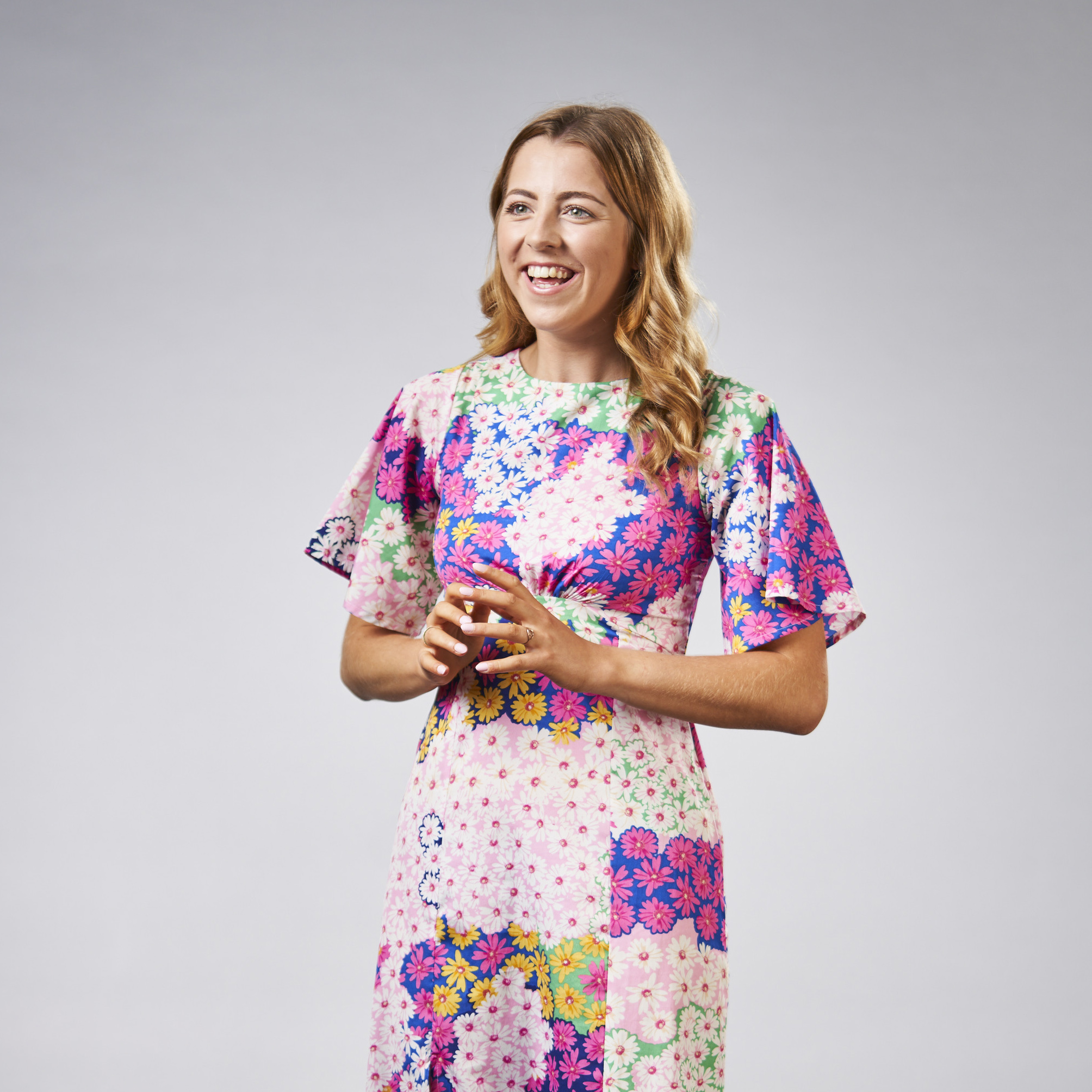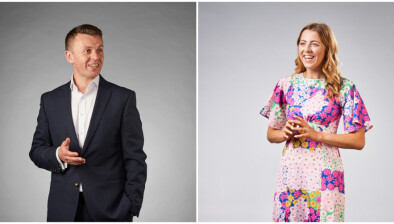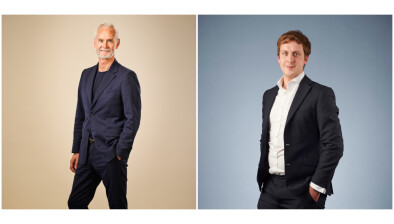Amy McSkimming: Has Barbie® found a check mate?

Amy McSkimming
Life in plastic, may not always be fantastic… The Barbie® brand faces a trademark dispute just as the blockbuster movie of the year is released, writes Amy McSkimming.
The makers behind the Barbie® doll filed a notice of opposition to the U.S. Patent and Trademark Office challenging a trademark application by fashion brand Burberry®. Whilst on the face of it, a toy manufacturing company and a high-end luxury brand have little in common, Burberry’s proposed “BRBY” trademark has triggered action from the army of lawyers hired to safeguard the reputation of the most famous doll in the world.
Mattel’s Barbie® trademark has been registered and protected since 1959 and is “one of the most recognisable brands in the world”, according to Mattel’s notice of opposition. Therefore, it comes as no surprise that Burberry’s application has run into trouble.
Though consumers may traditionally associate the Barbie® brand with dolls, toys and films, Mattel argues that its reputation spills into the fashion industry, extending to bags, clothes and footwear – which is why the claim expresses concern with perceived affiliation between the two brands. This, it is alleged, could lead to confusion, blurring of quality and tarnishing of reputation between the brands.
What are the rules for having a trade mark registered?
While there may be no intellectual property disputes in Barbie World, under the UK Trade Marks Act 1994, a registration shall be refused in the UK if it is:
- (i) identical to an earlier mark, and to be registered for similar goods and services; or
- (ii) similar to an earlier mark, and to be registered for identical goods and services, where there is a likelihood of confusion for the public,
which includes association with the earlier trademark.
In addition, if the earlier mark has a reputation (like Barbie®), the application may be refused registration for any goods or services where use of the later mark (if identical or similar) would be unfair or damaging to the existing well-known mark.
The legislation provides clear guidance, but any trademark registration dispute must be analysed on its own merits, considering the goods and services to be covered by it and a range of different circumstances.
BARBIE® v BRBY – a likelihood of confusion?
Mattel argues that there is a high likelihood of confusion between the two marks which could result in consumers mistaking BRBY as being connected to Mattel goods. The notice of opposition claims Barbie and BRBY are “visually similar” and “phonetically identical”. They argue, with some force, that cutting of vowels in BRBY naturally leads consumers to pronounce the brands the same.
BRBY would be registered under goods and services, such as a broad range of clothing, apparel, and fashion accessories, which overlap with Mattel’s “Barbie” registration. The claim argues the likelihood of confusion between the two marks would damage the trademark. It is commonly argued that a trademark’s main functionality is to guarantee the badge of origin of goods and services, confirmed by the 2003 European Court of Justice case Arsenal v Reed. In that case, it was established that no one thought that Arsenal related merchandise being sold from Mr Reed’s stall outside the ground was authorised by the club.
It is claimed a likelihood of confusion between Barbie® and BRBY would damage Mattel’s badge of origin as its consumers could mistake Burberry’s clothing or other fashion products for theirs. This in turn also impacts Mattel’s investment into its badge of origin as Barbie® has an inherent economic value that is independent from its goods and services.
Mattel further argues that the registration of BRBY would cause dilution, in respect of blurring and tarnishing the earlier mark. This ground of opposition centres around the earlier mark’s well-known reputation and its protection. “Blurring” suggests harm to the distinctive character of the mark, whilst “tarnishing” relates to damaging the reputation of the mark.
How can a dispute like this be avoided?
While the outcome of this dispute is still unknown, it is possible that due to the popularity and world-wide recognition of Barbie®, the U.S. Patent and Trademark Office may well support the ground that a successful registration of Burberry’s trademark would dilute the distinctiveness of the BARBIE® mark, and cause confusion amongst consumers. This is even more likely with the recent increase of Barbie® exposure and demand due to the recently released live-action Barbie film.
Cases involving grounds for refusal of registration, as Mattel has lodged, rely on substantial similarity between marks and evidence of the risk of market confusion. Intellectual property offices and courts consider consumer confusion in reference to factors such as: the degrees of similarity of the marks; the similarity of the goods or services; the earlier mark’s degree of reputation and distinctiveness; and the intention behind the similarity of the latter mark. This can be evidenced through surveys demonstrating the general public’s opinion, and market research, but typically comes down to the decision maker’s own assessment of the marks. Mattel will be hoping to find a Barbie® fan!
To avoid a mark being disputed, businesses should ensure their potential brand is somewhat unique in sound, look, number of letters, and overall impression, when compared to other brands trading in their sector – even if at first sight the brands may not appear to attract the same consumers.
![]()
Amy McSkimming is a trainee at Burness Paull









